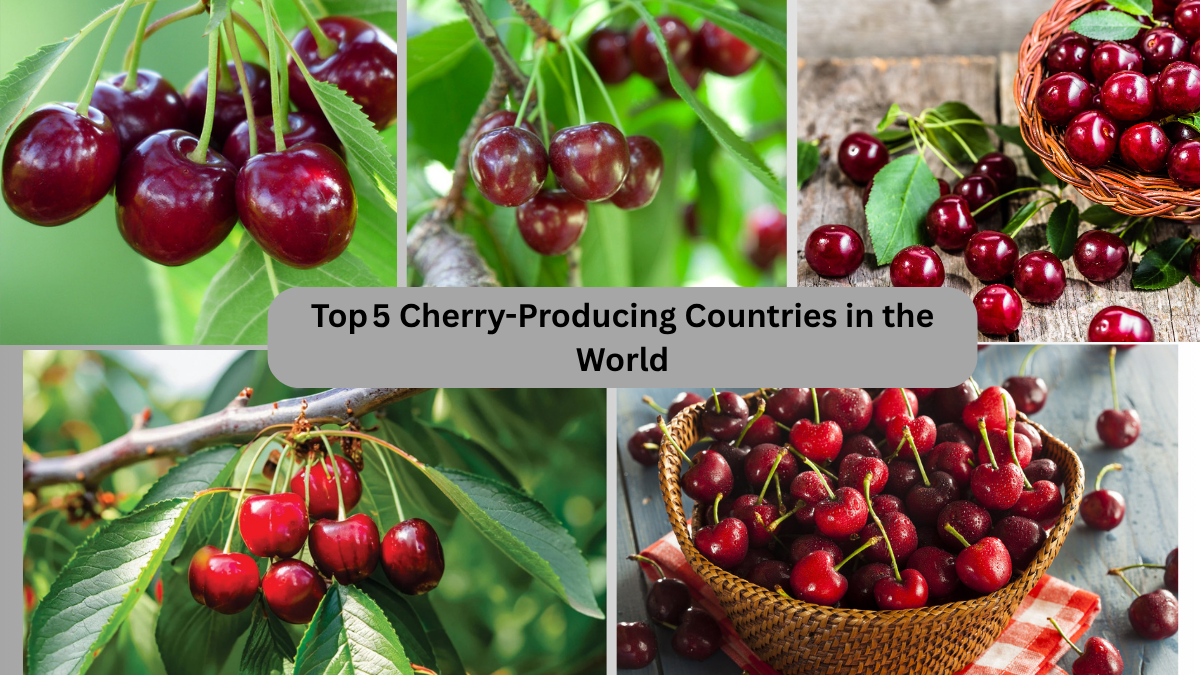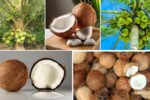Cherries are one of the most beloved fruits globally, treasured for their vibrant color, juicy sweetness, and versatility in both fresh and culinary applications. From being plucked straight from the tree to starring in luscious desserts and healthful juices, cherries hold a special place in kitchens and orchards alike.
With global demand for both sweet and sour cherries soaring due to their health benefits and rich antioxidant content, only a few countries dominate the international cherry market. In this article, we’ll explore the Top 5 Cherry Producing Countries in the World, highlighting their annual production volumes, key growing regions, export markets, and what makes their cherries world-class.
Global Overview of Cherry Production
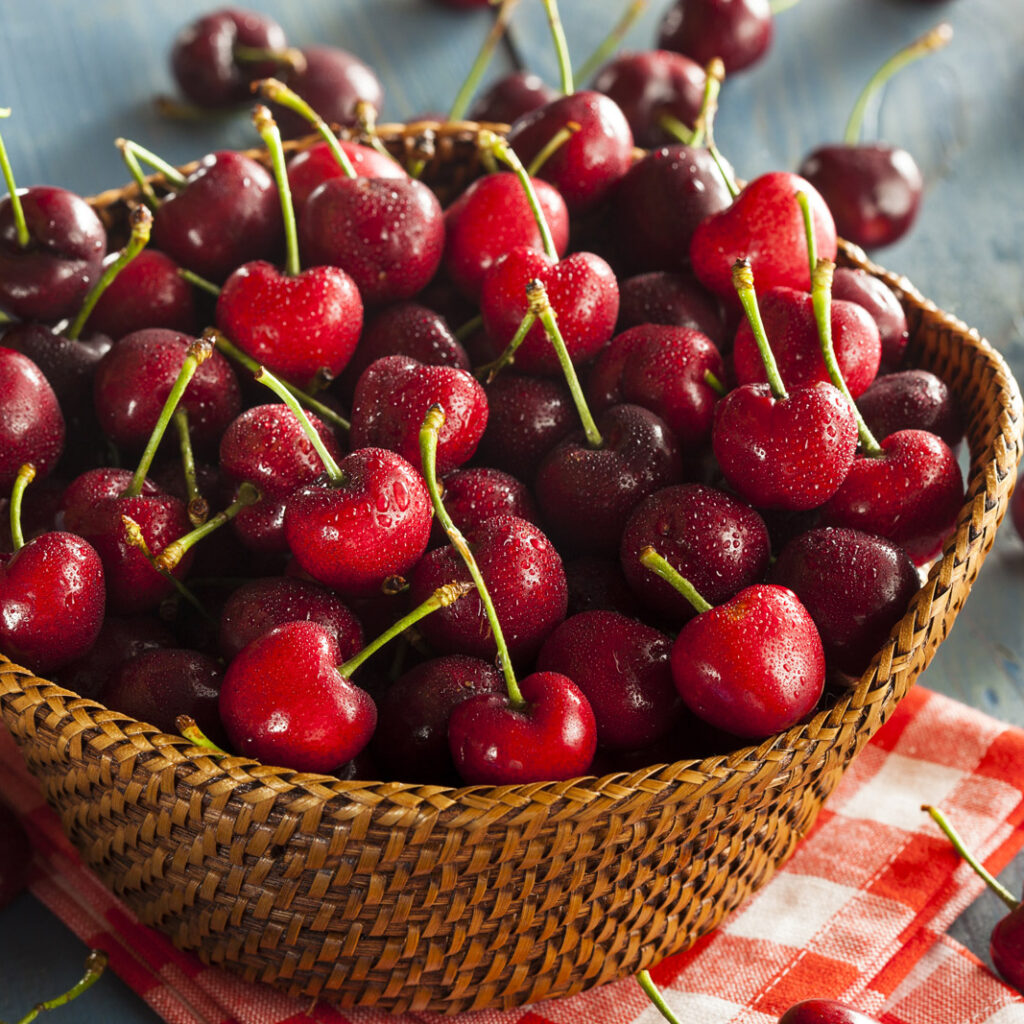
Cherries thrive in regions with cold winters and warm, dry summers. These conditions ensure the necessary winter chill hours for bud development and optimal fruit ripening during the growing season. While cherries are cultivated in many temperate countries, five nations stand out for their large-scale, high-quality production and global trade influence.
The two main categories grown are:
- Sweet cherries (Prunus avium) — mainly consumed fresh
- Sour (or tart) cherries (Prunus cerasus) — used for cooking, baking, preserves, and liqueurs
1. Turkey — The World’s Cherry Capital
Annual Production: Approx. 833,000 metric tons
Global Share: Over 23% of total cherry production
Turkey has been the undisputed leader in cherry production for decades, both historically and commercially. In fact, cherries are believed to have originated in the Anatolia region of modern-day Turkey, with records of cultivation dating back over 2,000 years.
Major Cherry-Producing Regions in Turkey:
- Afyonkarahisar
- Konya
- İzmir
- Manisa
- Amasya
- Isparta
Turkey primarily produces sweet cherries, prized for their rich color, large size, and excellent flavor profile. The country’s Mediterranean climate and fertile soils provide ideal conditions for cherry orchards.
Export Markets:
- Germany
- Russia
- Poland
- United Kingdom
- Gulf countries
Turkey’s cherry harvest runs from late May to August, with June being the peak month. The country also invests heavily in modern farming technologies, protected agriculture, and improved export logistics, maintaining its dominance in both quantity and quality.
2. United States — Premium Quality and Varietal Diversity
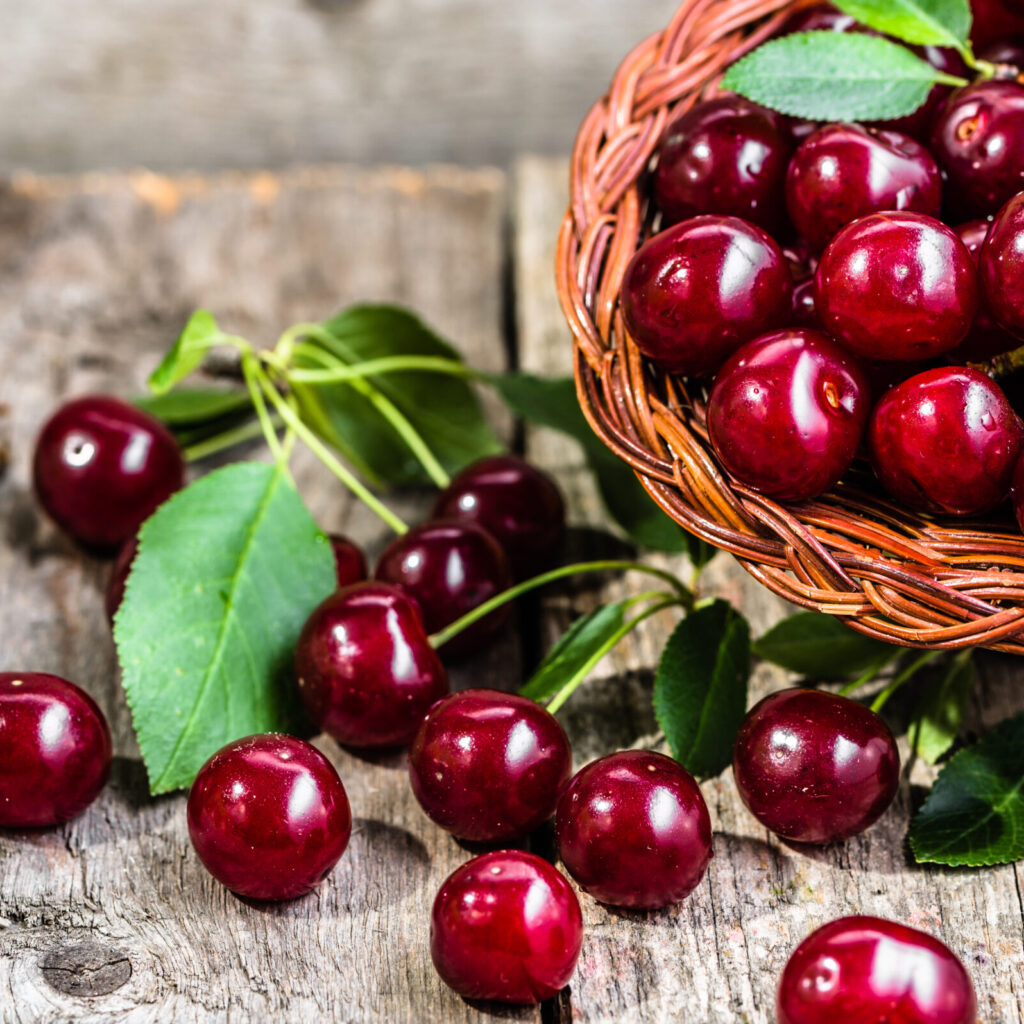
Annual Production: Approx. 420,000 metric tons
Global Share: Roughly 12–14%
The United States ranks as the second-largest cherry producer, cultivating both sweet and sour varieties. American cherries are renowned for their flavor, size, and crisp texture, making them a favorite in both domestic and international markets.
Leading Cherry-Producing States:
- Washington (producing nearly 60% of U.S. sweet cherries)
- California
- Oregon
- Michigan (specializes in sour cherries)
Popular U.S. varieties include Bing, Rainier, Chelan, and Montmorency (for tart cherries). The harvest season stretches from April to August, varying by region.
Export Markets:
- Canada
- Japan
- South Korea
- China
- Middle East
The U.S. cherry industry is also known for advanced orchard management, cold-chain logistics, and export quality standards that ensure the fruit reaches global consumers fresh and flavorful.
3. Chile — The Southern Hemisphere’s Cherry Powerhouse
Annual Production: Approx. 440,000 metric tons
Global Share: Around 13%
Chile’s cherry production has skyrocketed over the last two decades, establishing it as a global leader, especially in off-season supply. With its counter-seasonal harvest from November to January, Chile satisfies global demand when Northern Hemisphere cherries are out of season.
Key Cherry-Growing Regions:
- O’Higgins
- Maule
- Metropolitan Region
- Bio-Bio
Chilean cherries are known for their size, firmness, and sweetness. The industry heavily relies on export markets, sending over 90% of its production abroad, with China as the dominant importer.
Export Markets:
- China (accounts for over 85% of Chilean cherry exports)
- United States
- South Korea
- Brazil
- Europe
Chile’s strength lies in its high-quality varieties, investment in logistics, and efficient cold-chain infrastructure, ensuring that fresh cherries travel thousands of miles while maintaining premium quality.
4. Uzbekistan — A Rising Central Asian Cherry Exporter
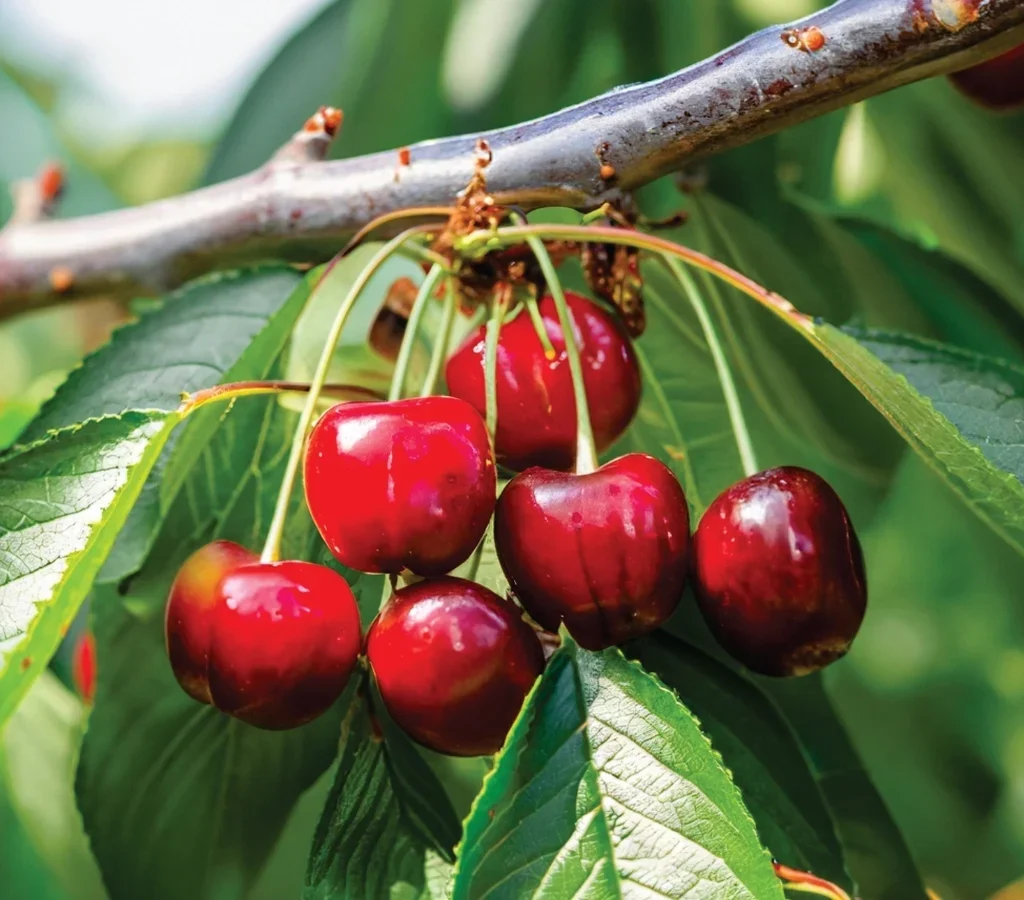
Annual Production: Approx. 320,000 metric tons
Global Share: About 9%
Uzbekistan has emerged as a significant cherry producer in recent years, capitalizing on its continental climate with cold winters and warm, sunny summers — perfect for cherry cultivation.
Major Cherry-Producing Regions:
- Tashkent
- Samarkand
- Ferghana Valley
Uzbek cherries are increasingly sought after for their size and natural sweetness. The country has begun modernizing its orchards and infrastructure to meet rising export demand.
Export Markets:
- Russia
- Kazakhstan
- China
- Gulf nations
With expanding plantation areas and international trade deals, Uzbekistan is poised to climb even higher in global cherry rankings.
5. Iran — An Ancient and Traditional Cherry Producer
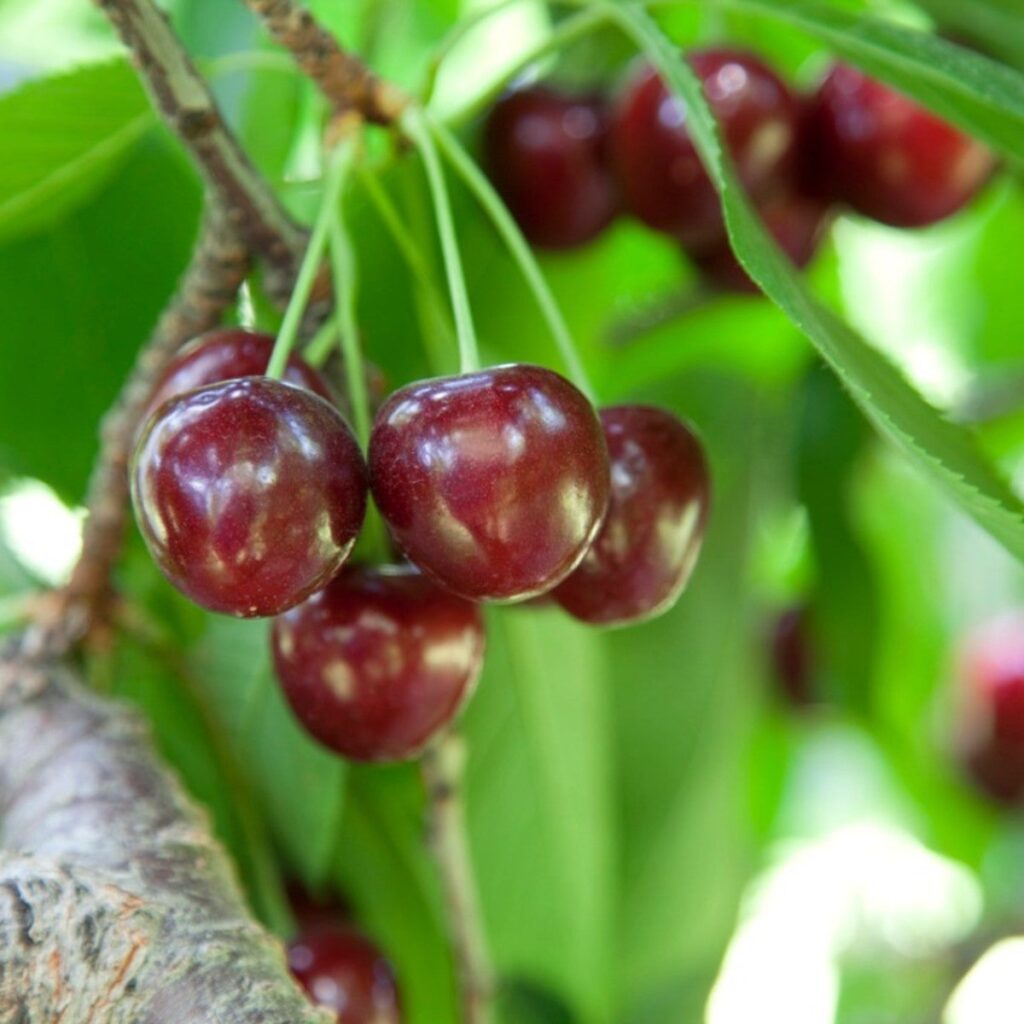
Annual Production: Approx. 298,000 metric tons
Global Share: Close to 8%
Iran is one of the oldest cherry-producing countries in the world, with a rich history of fruit cultivation. The country grows primarily sweet cherries, with production centered around its fertile northern provinces and mountainous central regions.
Key Cherry-Producing Regions:
- Mazandaran
- Tehran
- Khorasan
- Kurdistan
While much of Iran’s cherry production serves domestic consumption, the country exports fresh cherries to neighboring countries and the Middle East.
Quick Production Snapshot
| Rank | Country | Annual Production (Metric Tons) | Global Share (%) |
|---|---|---|---|
| 1 | Turkey | 833,000 | 23–24% |
| 2 | United States | 420,000 | 12–14% |
| 3 | Chile | 440,000 | 13% |
| 4 | Uzbekistan | 320,000 | 9% |
| 5 | Iran | 298,000 | 8% |
The Growing Demand for Cherries
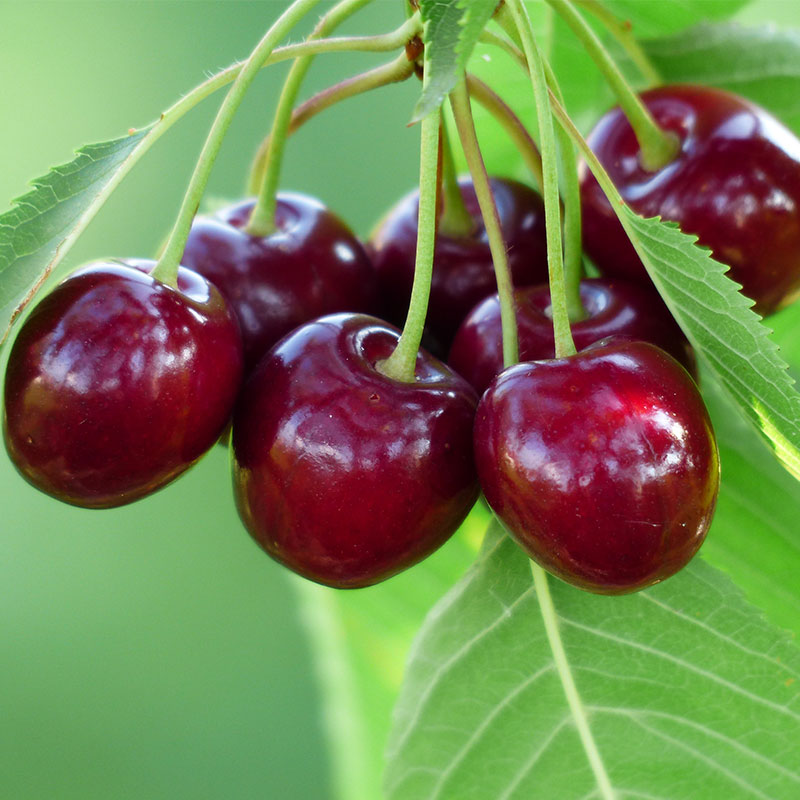
The global cherry market is expanding rapidly, driven by:
- Rising health awareness
- High antioxidant and vitamin content
- Versatility in culinary uses
- Strong demand from Asian markets, especially China
Exporters like Turkey, Chile, and the U.S. are increasing production acreage and improving cold-chain infrastructure to meet rising international demand.
Conclusion
The global cherry market is dominated by a handful of major players, with Turkey, the United States, and Chile leading the way. While traditional producers like Iran maintain their stronghold, new challengers like Uzbekistan are quickly gaining prominence.
With cherries’ popularity continuing to surge globally — from fresh fruit baskets to premium desserts and health foods — these top-producing nations are investing in advanced farming practices and expanding export networks to stay ahead.
So, the next time you enjoy a bowl of plump, juicy cherries, there’s a good chance they originated in one of these top five cherry-producing countries.
